Read Poets Society: Singapore’s poetry scene is booming
Early this year, poet Joshua Ip decided set up a Facebook page. The purpose? For people to write one poem a day for the entire month of April. Just for fun.
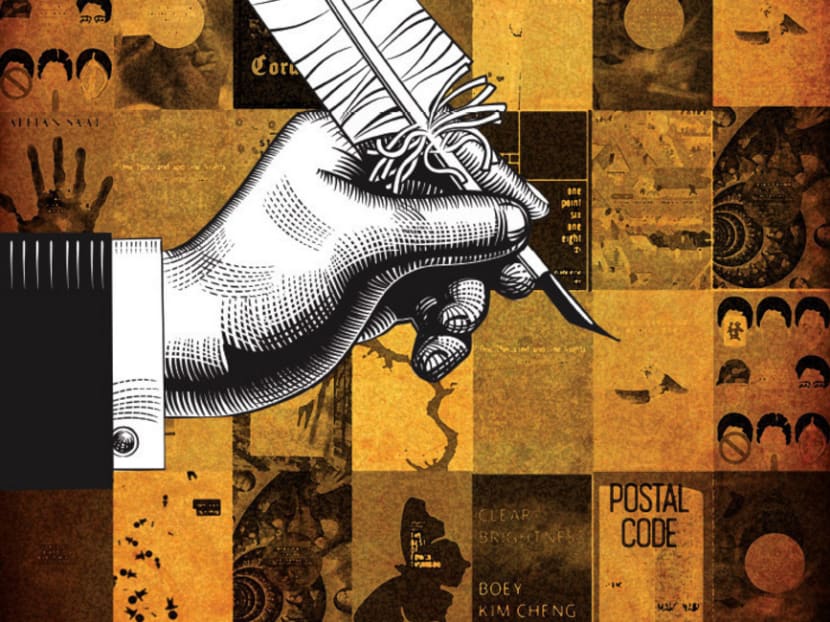
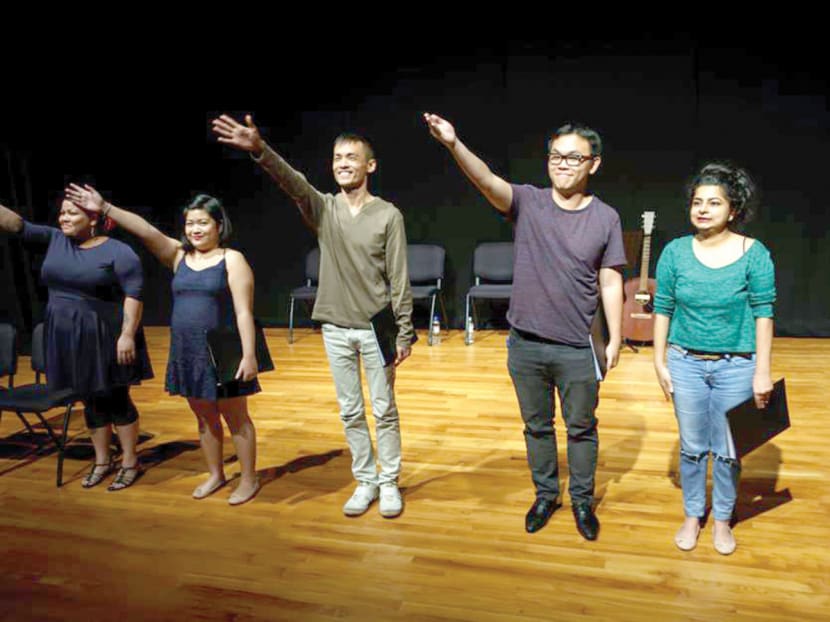
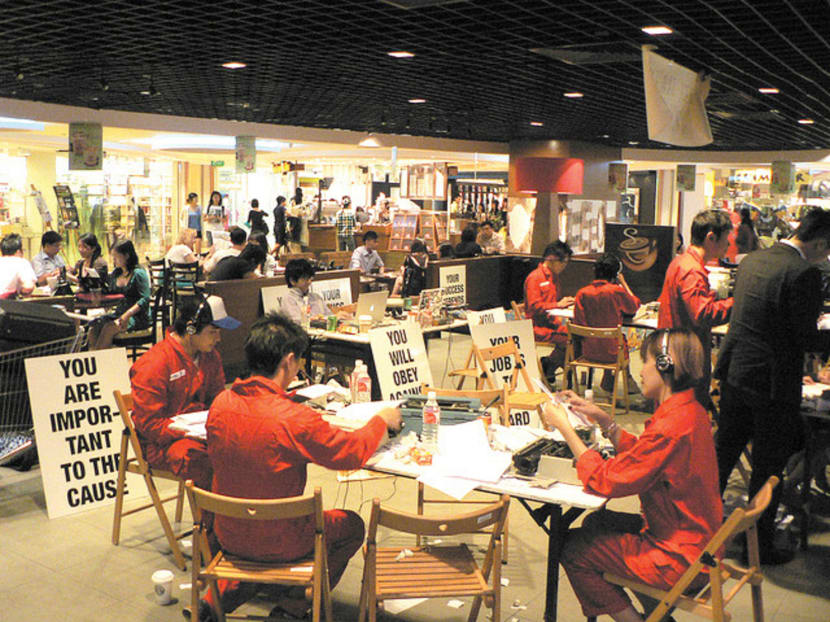
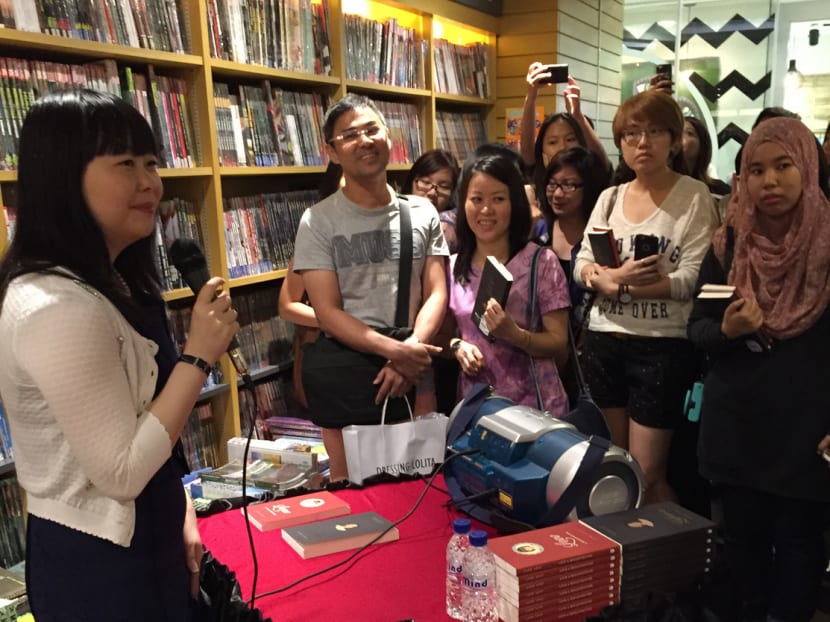
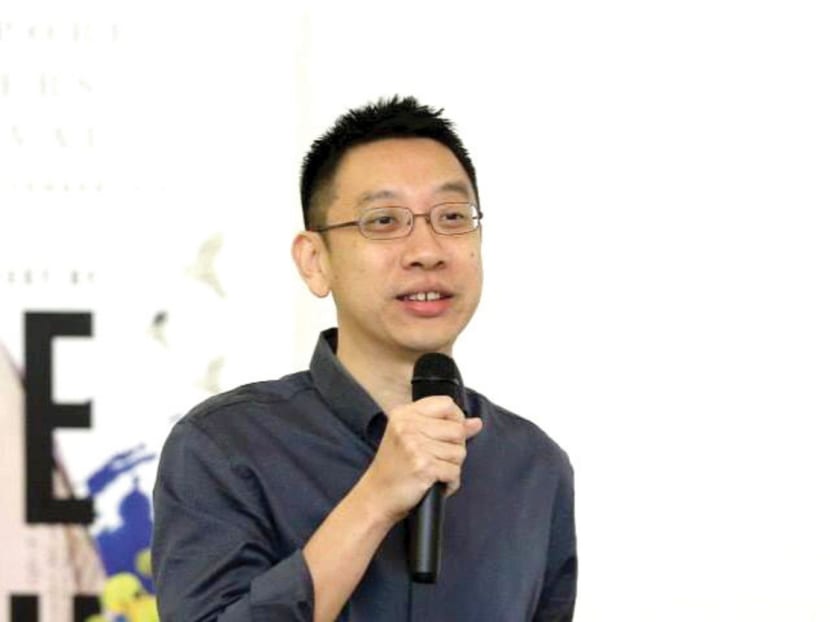
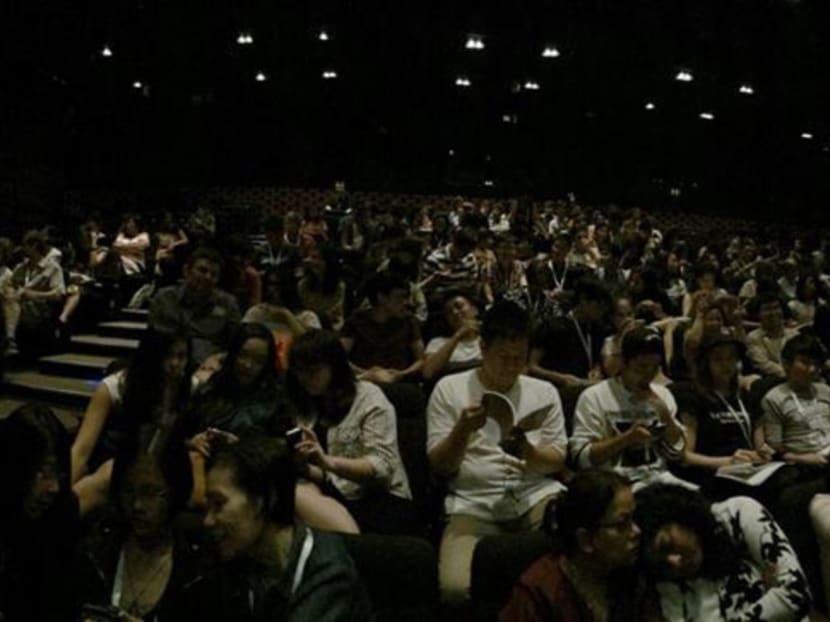
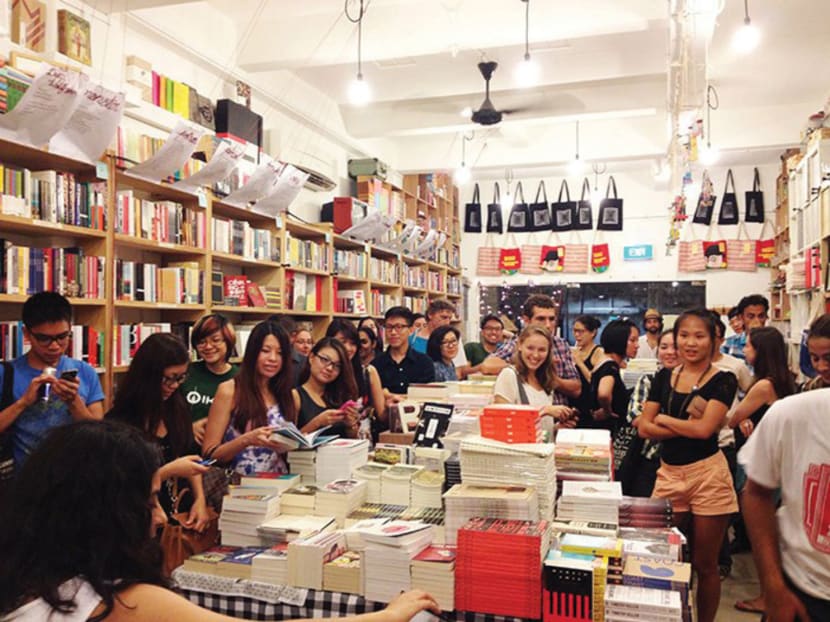
Early this year, poet Joshua Ip decided set up a Facebook page. The purpose? For people to write one poem a day for the entire month of April. Just for fun.
Called SingPoWriMo (short for Singapore Poetry Writing Month) it was inspired by a similar long-running event in the United States called NaPoWriMo. It initially comprised a small circle of fellow poets, including Pooja Nansi, Alvin Pang, Alfian Sa’at and Ann Ang. “But one person invited another and another and it just snowballed,” recounted Ip.
By the end of the month, 400 people from all walks of life had joined the SingPoWriMo group. Between 50 and 100 of them actively chipped in, with some 30 to 40 finishing the challenge. In 30 days, a whopping 1,000 poems were written.
The best works have now been published in an eponymous anthology, which was recently launched together with another poetry collection titled A Luxury We Cannot Afford. The latter’s title was a nod to a famous quote regarding poetry by former Prime Minister Lee Kuan Yew years ago.
But it would seem things have changed since. From regular public readings to a constant stream of new books, from the recent animated debate that surrounded the Singapore Literature Prize’s poetry category to the first-ever Migrant Workers Poetry Competition, poetry is something that is being embraced more and more.
The Singapore Writers Festival (SWF) is one prime example of the growing buzz. In 2012, it featured 23 poets in 15 events, which were attended by 700 people. The recent edition saw double the number of poets — 47, including 35 from Singapore — and triple the number of attendees (2,030 at 37 poetry-related events).
“We were delighted that the audiences took so well to the poetry programmes and that we were able to invite Singaporeans to see poetry in a different light,” said outgoing Fest director and poet Paul Tan. He’ll be replaced for the next edition by another poet, former journalist Yeow Kai Chai.
SWF organiser, the National Arts Council, has also been actively promoting poetry in various ways. This year alone, it has supported 11 titles through its Publishing Grant; it recently commissioned two teacher guides on poetry — Fear No Poetry by Gwee Li Sui and Local Anaesthetic: A Painless Approach to Singaporean Poetry by Nansi and Erin Woodford; and it also tied up with The Arts House for the nation-wide poetry initiative Text In The City, which included a free app.
BOOM TOWN
Is Singapore in the middle of a poetry boom? Some poets certainly think so.
For Ip, who jointly won this year’s Singapore Literature Prize for poetry, the new wave of interest is similar to the boom during the late ’90s. That was when the likes of Pang, Alfian, Cyril Wong, Yong Shu Hoong, Grace Chia and Felix Cheong came onto the scene and publishers such as Ethos, Landmark and Firstfruits churned out title after title.
Pang reckons what we’re seeing now is not a separate phenomenon but a continuation of that boom — even if there have been some noticeable changes, primarily a growth in diversity of writers and audiences.
“More writers are also performers, designers, editors, playwrights, photographers, musicians ... we co-exist quite happily. (And) there seems to be an explosion of readers and Singapore lit fans,” he observed.
Describing the crowds at the recent SWF as an “eye-opener”, Pang pointed out how the audiences at the festival’s final poetry event, APART, probably rivalled or surpassed the popular closing debate on art and beauty, which happened at the same time. “I think there is now a healthy respect for the quality of Singapore writing — it has earned this respect over the past two decades and it’s now paying dividends,” he said.
For pioneering local publisher Fong Hoe Fang, the poetry scene has changed immensely since his company, Ethos Books, started in 1997.
“Back then, the launch of three books of poetry by three poets made quite a big splash because poets and poetry collections were almost unheard of. Today, almost every month, a new collection of poems or an anthology of poems is launched. And the amazing thing is that new poets are appearing so fast that one can lose track overnight,” said Fong.
Ethos Books has already published a little over 60 poetry titles but as passionate as he is about promoting Singapore poetry, Fong said it has never been a financially viable literary genre, with his fiction and creative non-fiction titles doing way better, “maybe about two to three times better”. They do have poetry best-sellers, such as the anthology No Other City, Alfian’s A History Of Amnesia and Pang’s City Of Rain, for instance. But what’s considered a best-seller is a print-run of 500 copies.
It has been a different case for Math Paper Press (MPP). The publishing imprint of independent bookstore BooksActually started in 2005 and has come up with 40 poetry titles — way more than non-poetry titles. Their print-run is 1,000 copies — and many have been selling like hotcakes.
Among the titles that are already into their second reprints are Krishna Udayasankar’s Objects Of Affection, Ip’s Sonnets From The Singlish and Making Love With Scrabble Tiles, Alfian’s The Invisible Manuscript and Christine Chia’s The Law Of Second Marriages. The first print run of Nansi’s Love Is An Empty Barstool sold out within eight to nine months. Math Paper Press’ all-time bestselling title, Pang’s chapbook What Gives Us Our Names, is now on its third reprint and they’re aiming for a fourth one already.
And many of these authors, said MPP publisher Kenny Leck, “tend to be more vocal about their works and not just hide in the woodwork”.
POETRY GOES SOCIAL
Indeed, the public side of poetry has been instrumental in this current boom. Popular poetry reading events are by no means new — Word Forward’s Poetry Slam was held at Zouk’s Velvet Underground in the 2000s before moving to Blu Jaz Cafe — but there are a lot more similar events happening on a regular basis these days.
Among these is Speakeasy at Artistry. Organised by Nansi, the monthly event began in April 2013, with audiences of around 30 a night, although it has reached standing room capacity on special events, say, a Valentine’s-themed night.
“I’ve never had to apologise to the readers for a poor showing, because they are always performing to a healthy audience size,” said Nansi, who also doubles up as one-half of the spoken word/music group The Mango Dollies. “I think poetry is meant to be heard and, when read well, can be magnetic. Performance-based poetry is very effective in attracting the attention of people who otherwise might not ever pick up a book of poems,” she said.
Another new twist has been the events by Proletariat Poetry Factory (PPF), a collective that whips out (on their typwriters) insta-poems based on a random word given to them by the public (on a pay-as-you-wish basis). It was first conceived in 2006 by Rage Goh, who had first set up a spot at the MAAD flea market.
“The response was phenomenal so I expanded the experiment to include my brother and other friends, a live sound feed by musicians to maximise poetry production and named it PPF,” she said.
Since 2009, they’ve done around 30 events, including gigs at the Substation and the recent SWF. During the festival’s 2009 edition, they were at Raffles City, churning out 150 poems for weekend shoppers.
Hovering over everything is one of the biggest changes in the poetry scene today — social media has democratised everything. The huge reception of the SingPoWriMo event has been proof of this, said Ip.
“It’s not just the established names ... but this huge and dynamic online community of younger writers actively seeking to better their writing and finding publishing and performing opportunities for themselves. Facebook allows a very democratic forum to work, where poets can just post a fresh piece to the group and they’re immediately able to get responses.”
Audience-wise, Nansi says, it’s a perfect fit. “For a generation that’s brought up on social media, poetry does afford that kind of condensed immediacy,” she said.
This social media-savvy — and arguably younger — generation of audiences could turn out to be a game changer.
Referring to the audiences that attended poetry events at the SWF, Pang said: “We should be happy with our relatively young audiences — literary festivals in Europe and the UK tend to attract a disproportionately older audience and that can only go so far before it runs out of steam. New blood, in terms of both practice and reception, is necessary for any form of art.”
One very interesting phenomenon has been the seemingly out-of-nowhere popularity in Singapore of Australian poet Lang Leav, who was also recently in town for a series of book signings. Her arguably adolescent, Hallmark-type verses may have rankled some, but her appeal is undeniable and her social media cred is solid — she began by posting works on Tumblr.
To date, her first book, Love And Misadventure, has sold 8,000 copies in Singapore. Her second book, Lullabies, which was released in August, has sold 7,500. To offer a comparison, a book by noted Irish novelist Marian Keyes sells about 3,000 copies.
“These are pretty phenomenal sales figures by all accounts. She is our biggest-selling poet and she outsells many other established fiction and non-fiction authors,” said a spokesperson for Penguin Books Singapore.
When BooksActually hosted a meet-and-greet for her last year, “we had a super long queue”, said Leck. “It was the first time we had to open our doors because the line spilled out.”
YOUNG GUNS
There was one other surprise for Leck: Lang’s fan demographic. “There were kids, maybe 13 onwards, who are probably not doing Literature in school, coming to look for the book because they’re connected online — Tumblr, Instagram,” he said. “Everybody wanted a copy.”
The interest in Lang has had a knock-on effect — people who buy Lang’s books eventually bought other Singapore poetry titles the bookstore offered. “You’re starting them at 13, 14, 15 ... there might be a chance they’ll graduate to another poetry book,” said Leck.
Added Nansi: “Put it this way: If reading Twilight will eventually get a 12-year-old girl to pick up Bram Stoker, or if listening to Taylor Swift will eventually get that same 12-year-old to listen to Bonnie Raitt, then one can say Lang Leav has her role to play in leading teenage girls to the Plaths and Pangs and Whitmans and Wongs of the world.”
As the next batch of poetry-lovers grow, so will the next batch of poets. In the case of Ip and his peers, SingPoWriMo is just one of many avenues they’ve tried. A handful of them also get together for regular workshops, while he and Nansi have also started writing groups: The Image-Symbol Department (for “page” poets), the Ministry Of Noise (spoken word) and Burn After Reading (for unpublished poets who are still in school).
When the number of participants — and poems — steadily rose during April’s SingPoWriMo exercise, Ip joked: “We were shocked and terrified.”
Given the promising state of things, perhaps he should prepare himself for what could be a “horrifying” 2015.







